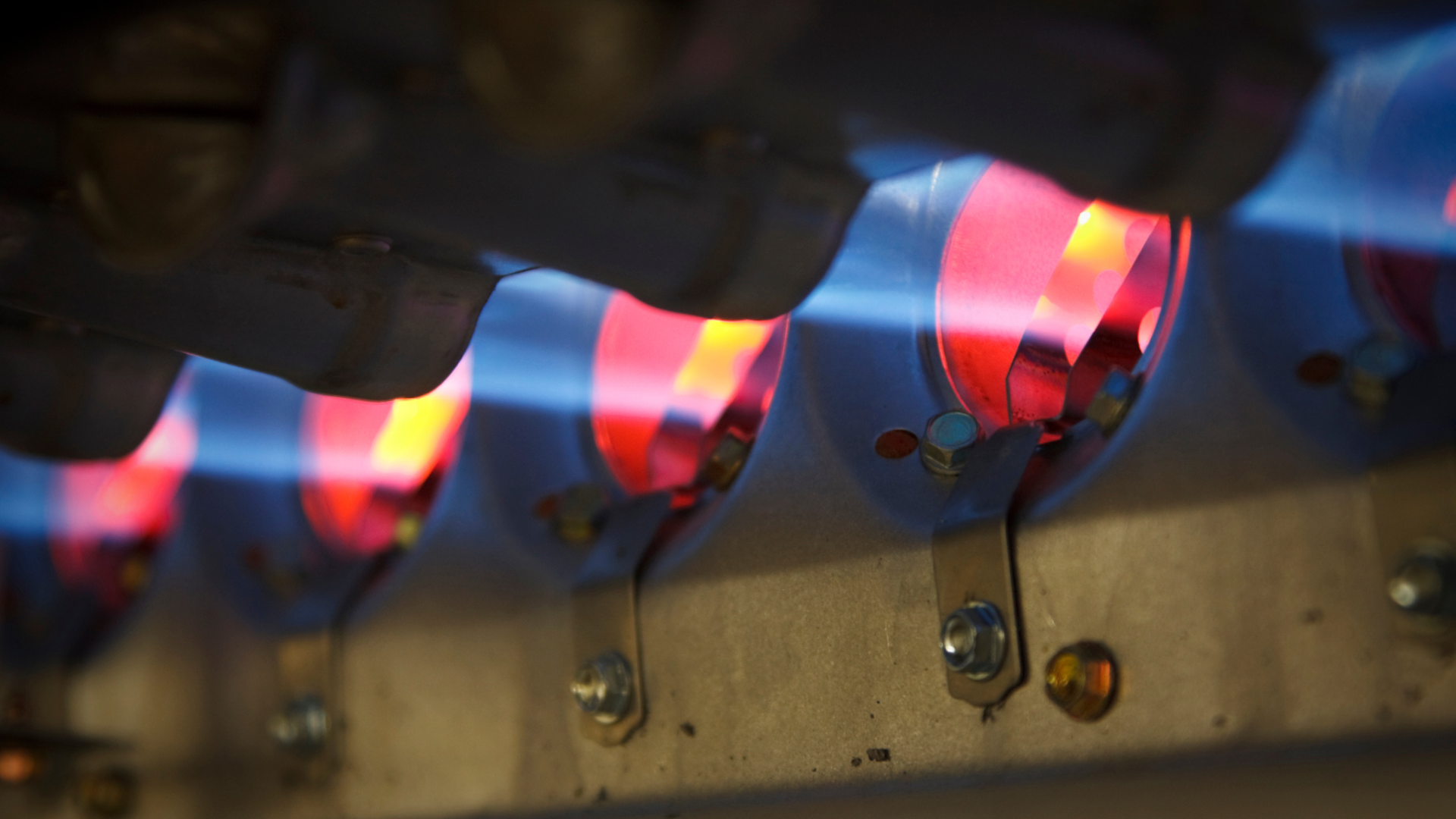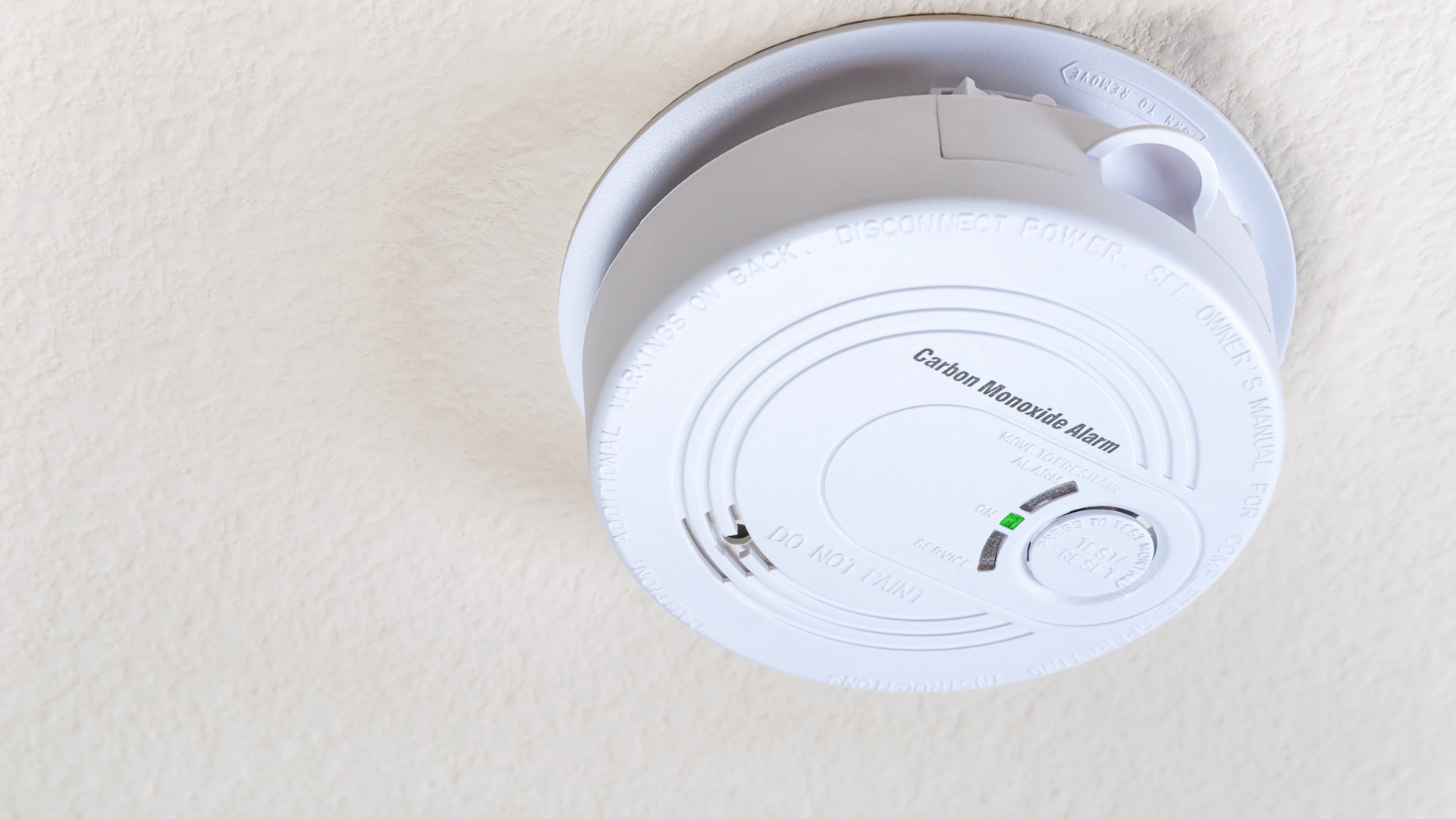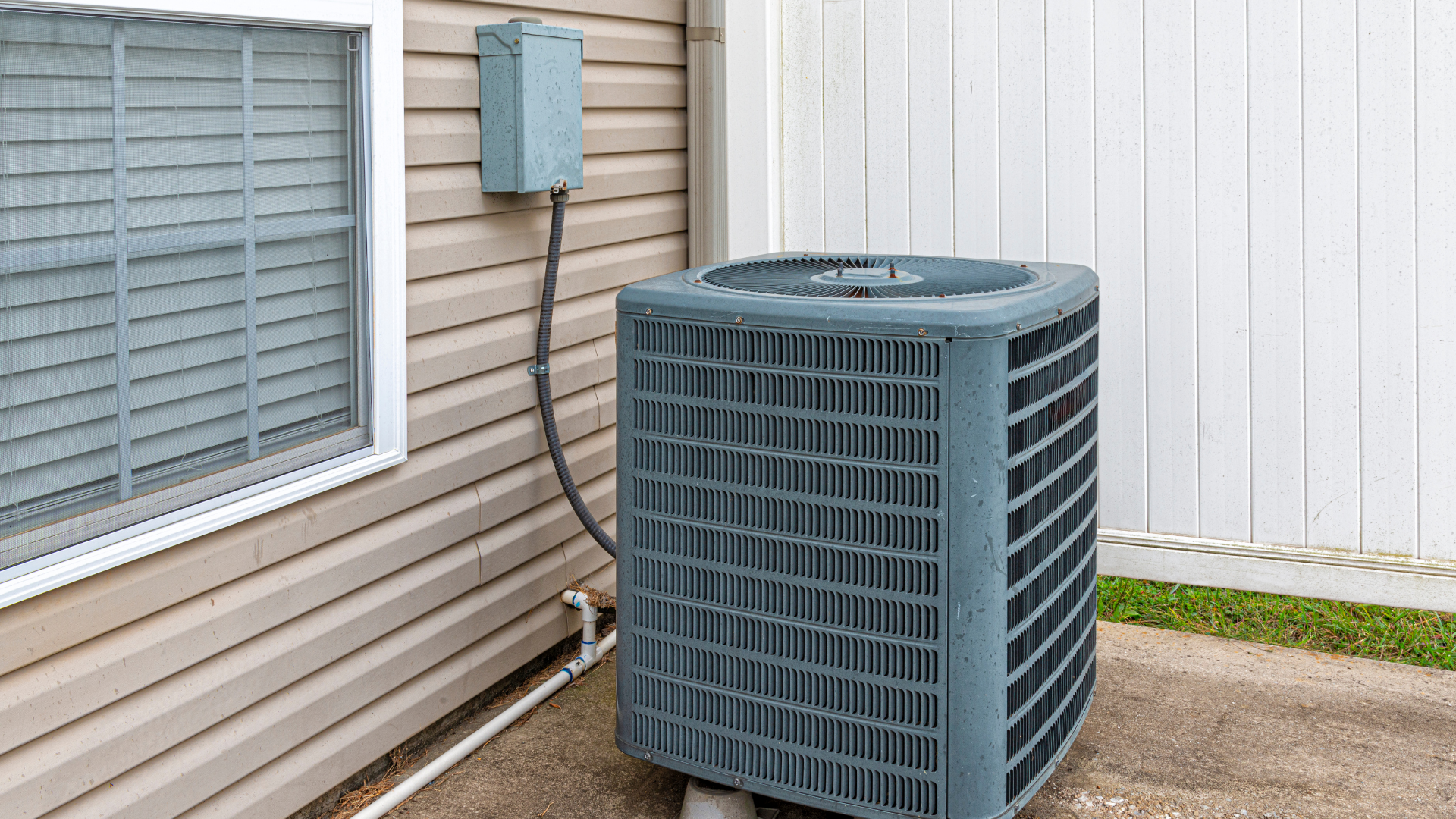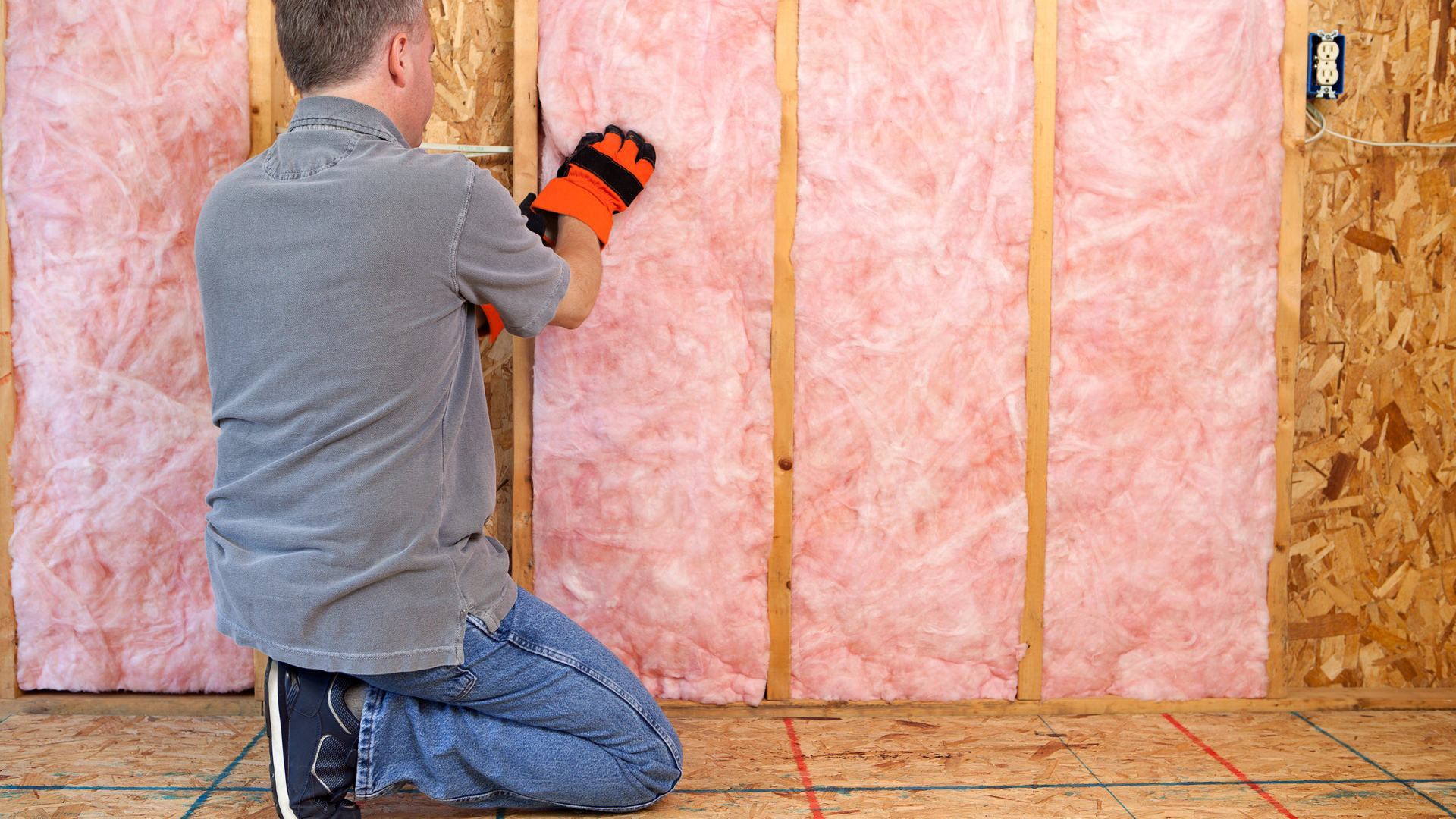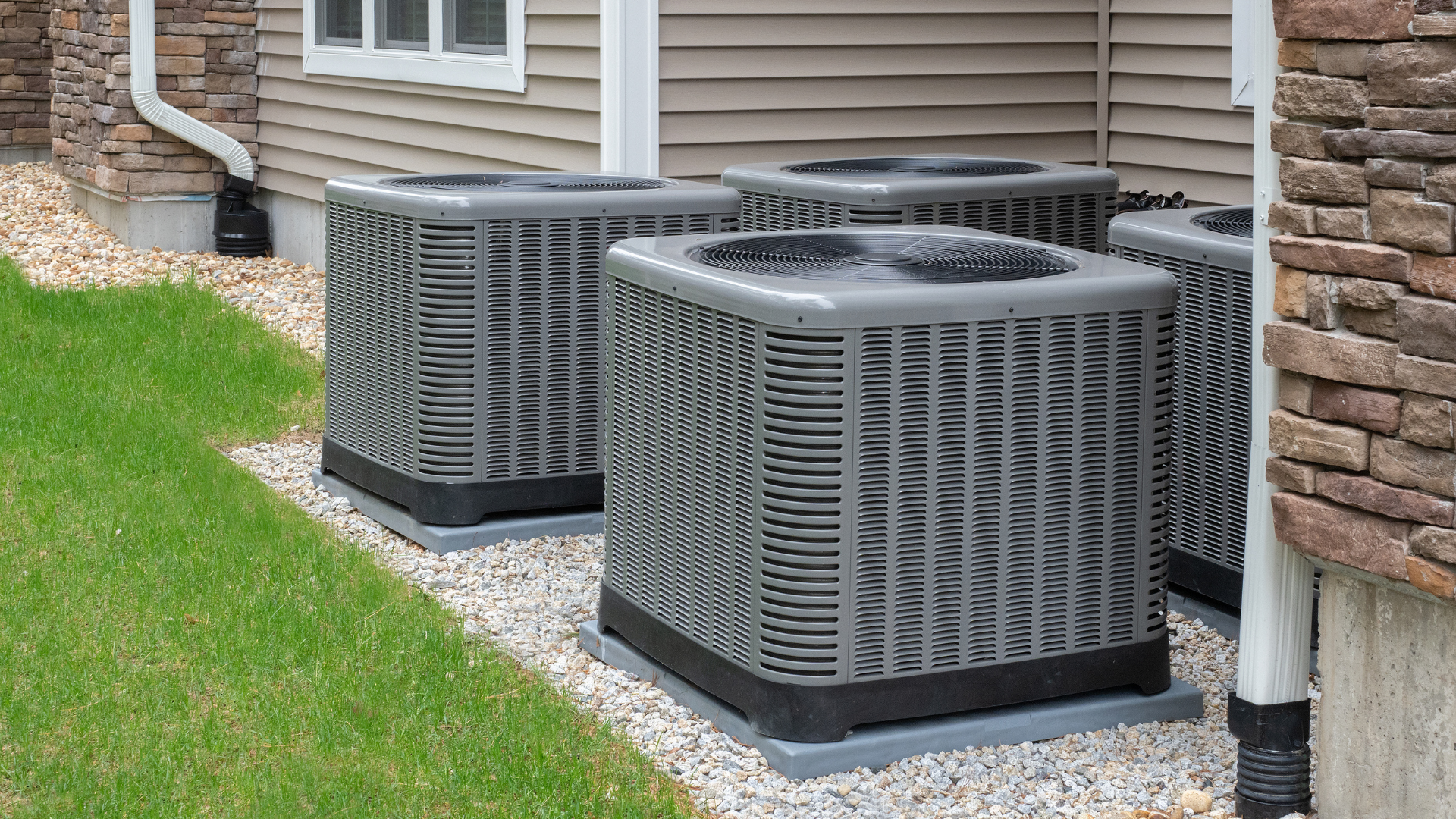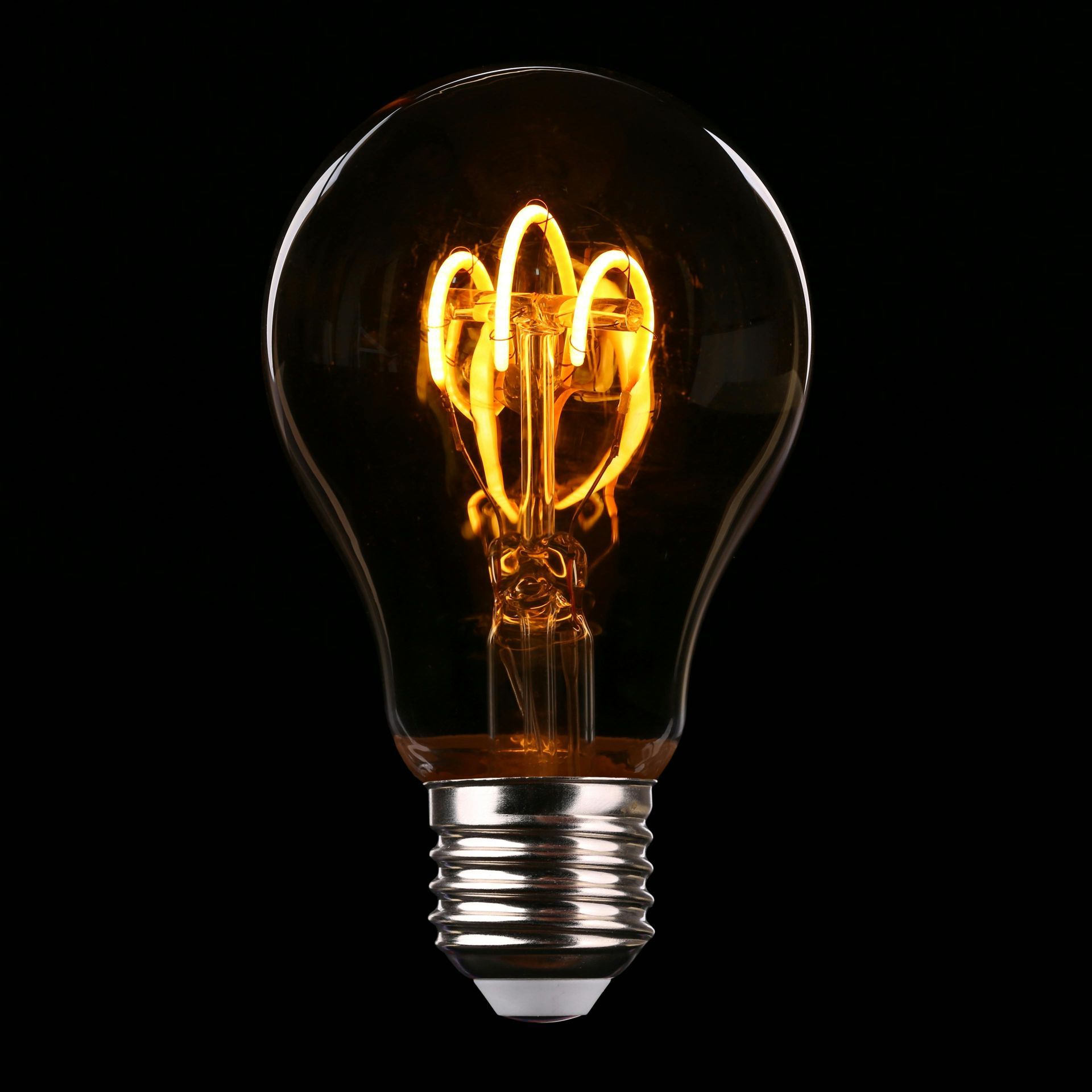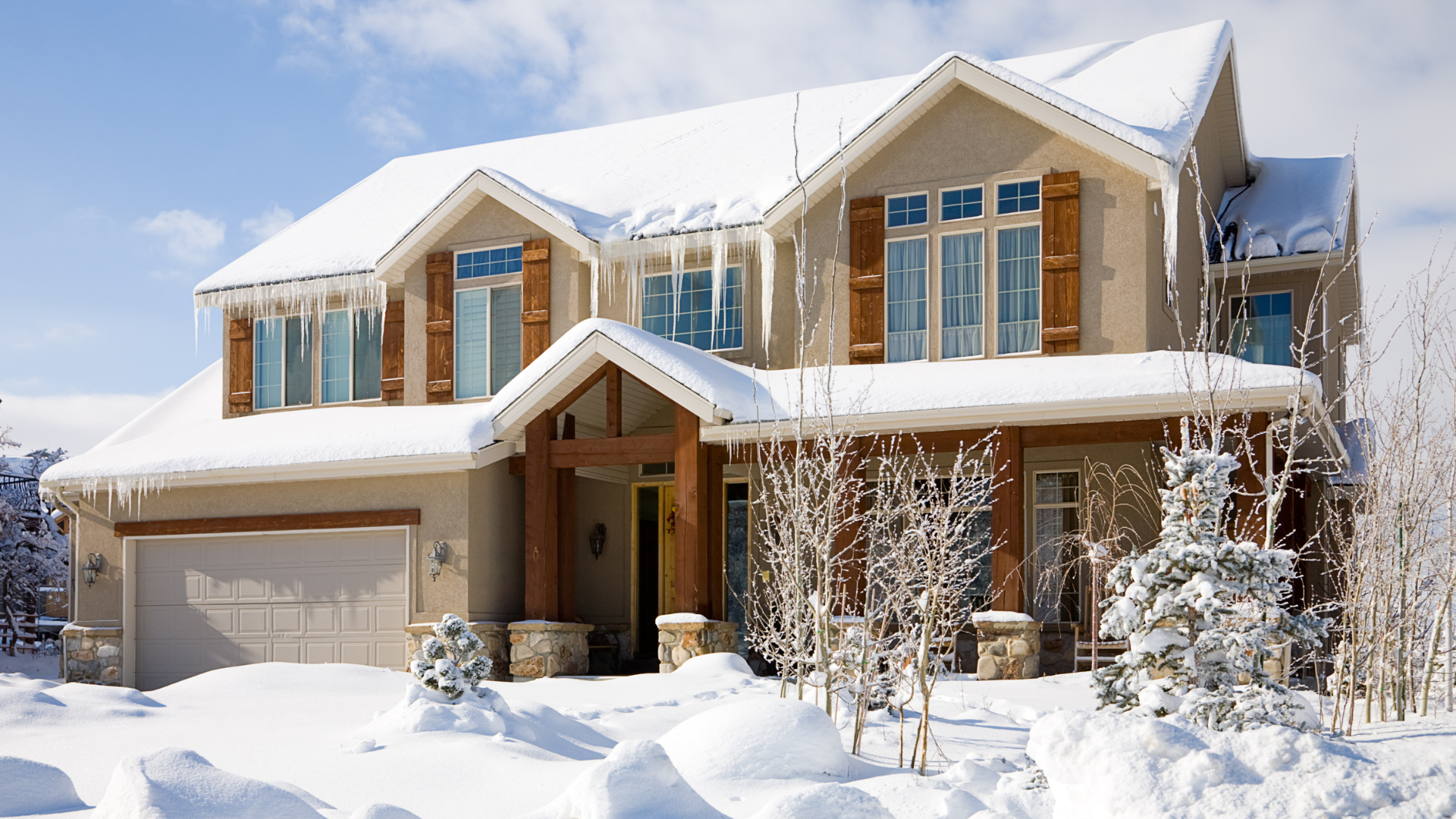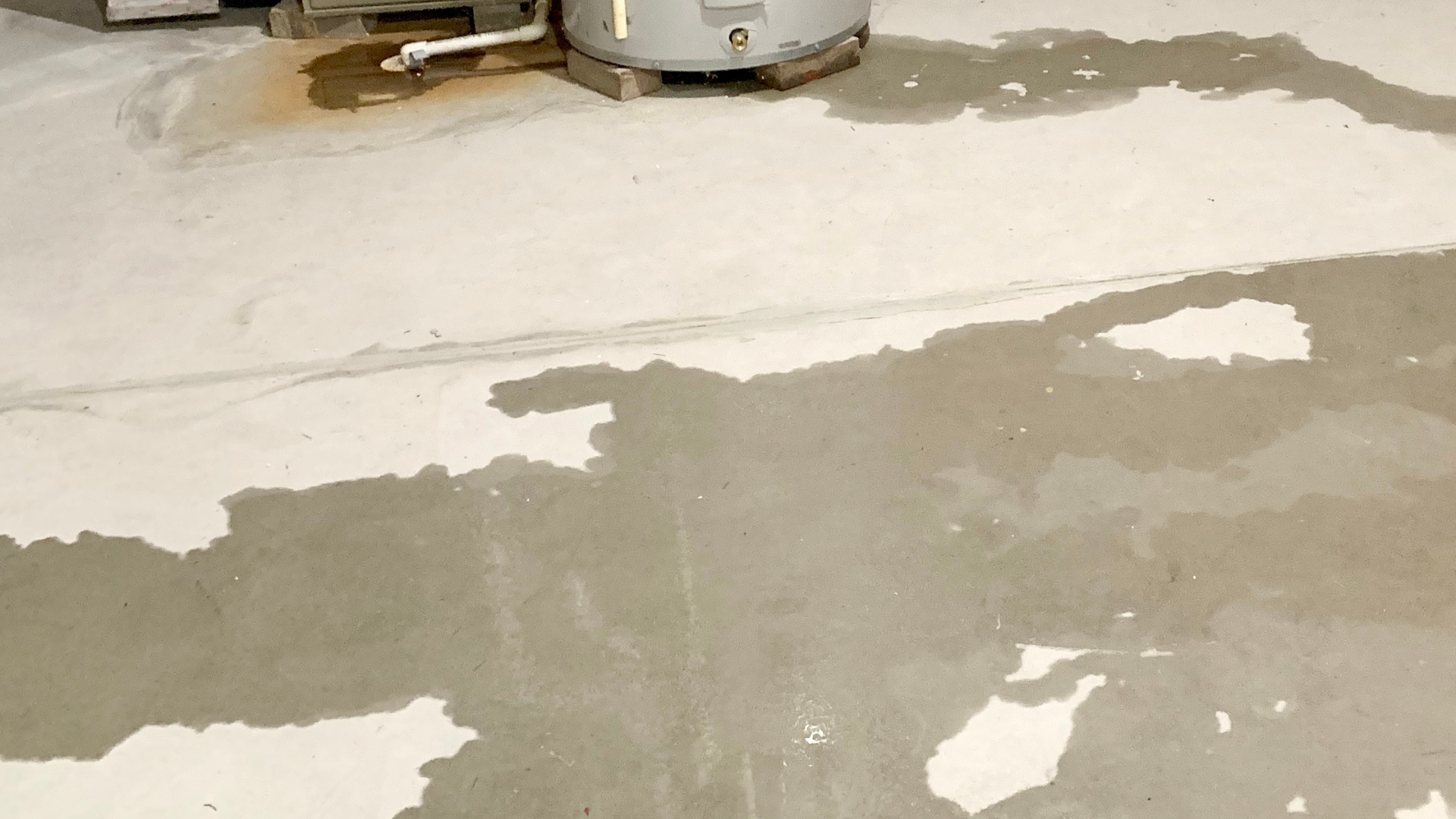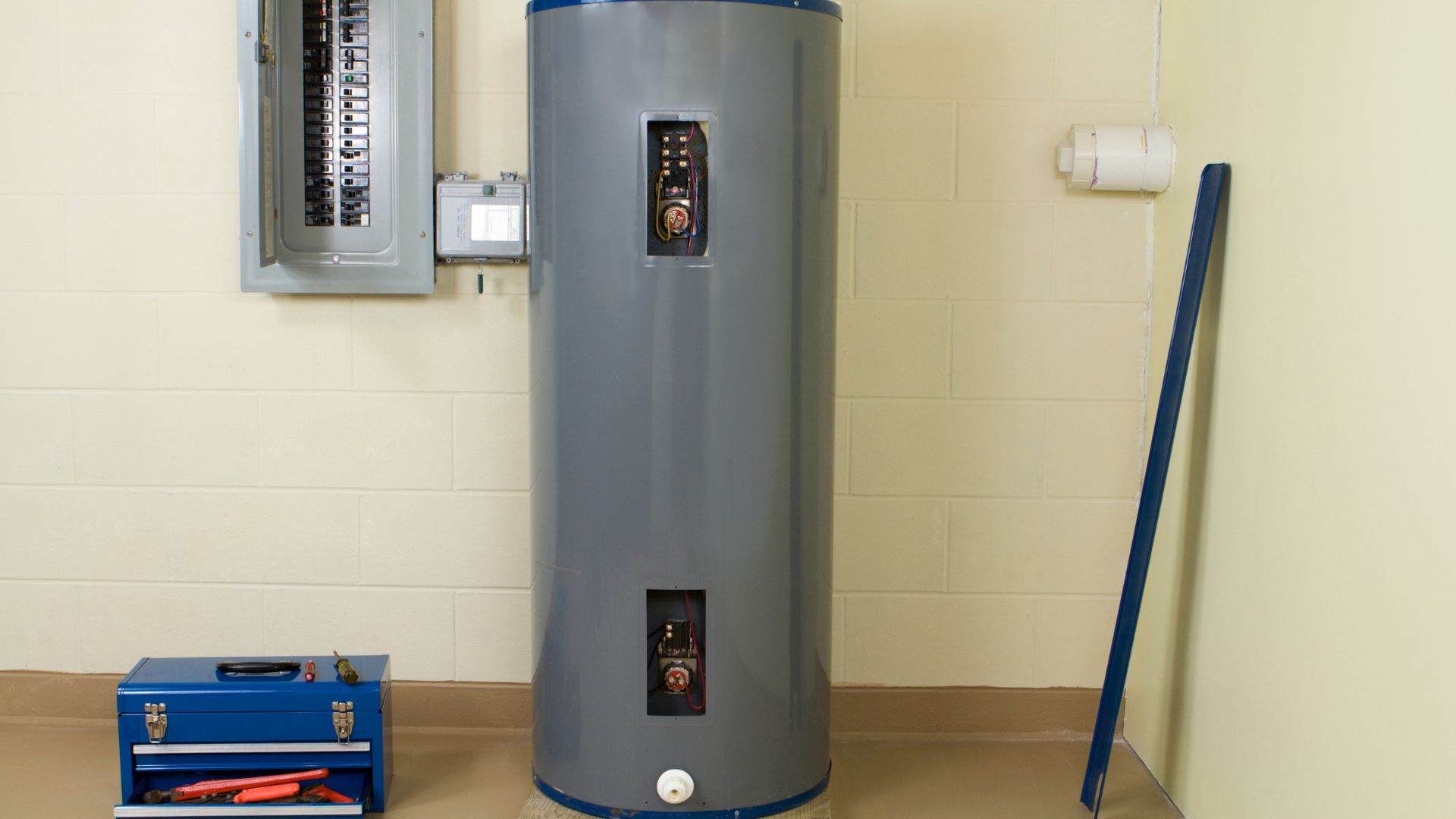A Guide to Smart Thermostats
Upgrade Your Home's Climate Control: A Guide to Smart Thermostats
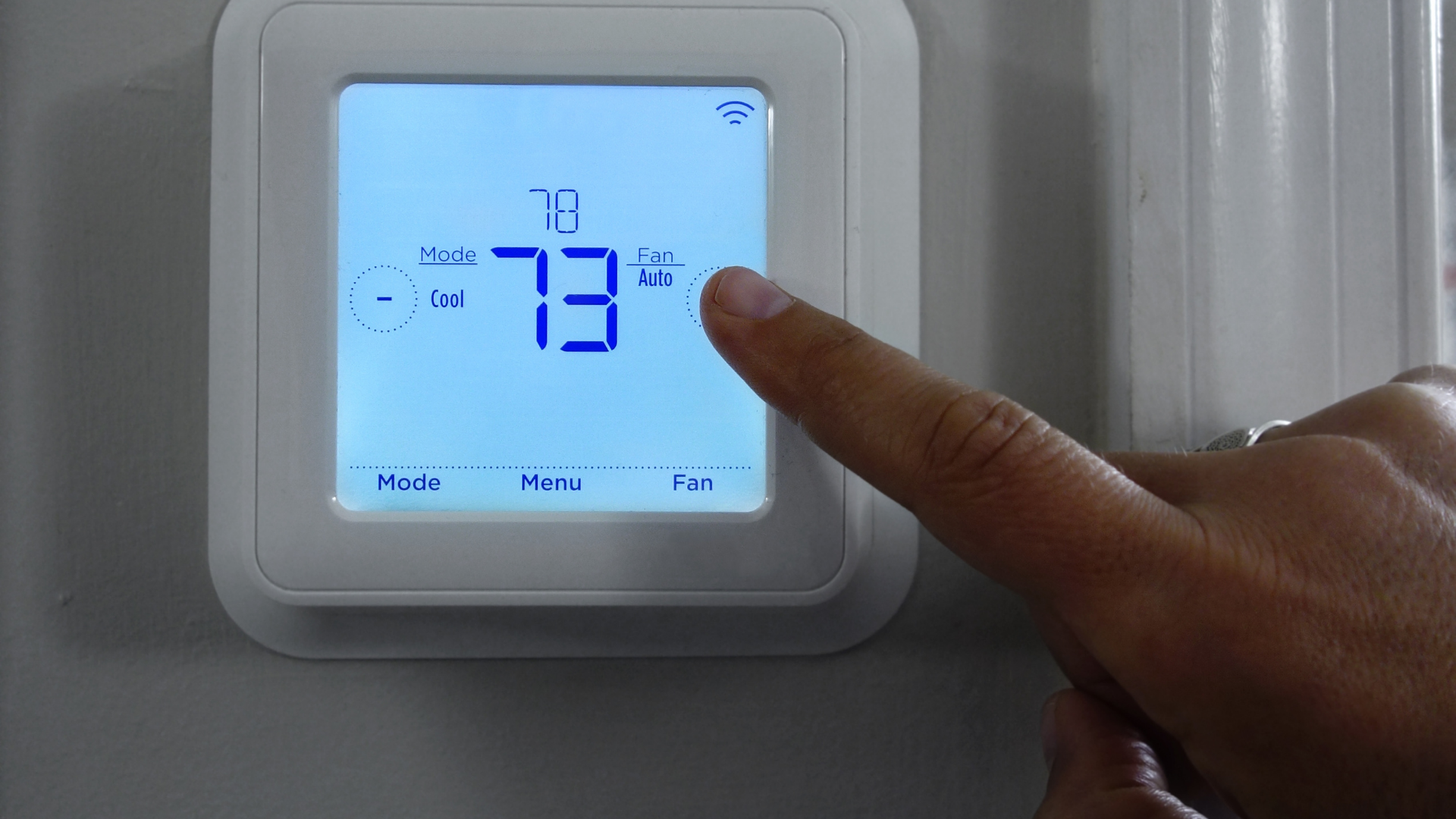
Smart thermostats like Ecobee and Nest have revolutionized how homeowners manage their indoor comfort and energy consumption. Moving beyond basic programming, these devices offer advanced features that can lead to significant savings and enhanced convenience. But before you dive in, here's what every homeowner should know.
What is a Smart Thermostat and Why Should I Care?
Unlike traditional thermostats, smart thermostats connect to your home's Wi-Fi, allowing you to control your heating and cooling system remotely via a smartphone app. They learn your habits, adjust temperatures based on occupancy (using sensors or geofencing), and can even integrate with other smart home devices like voice assistants (e.g., Alexa, Google Assistant).
The key benefits include:
- Energy Savings: By optimizing heating and cooling schedules and adjusting to your presence, smart thermostats can reduce energy waste, leading to lower utility bills. Some models even provide energy usage reports.
- Convenience: Control your home's temperature from anywhere in the world, pre-cool or pre-heat before you arrive, and make on-the-fly adjustments without getting up.
- Enhanced Comfort: Features like remote sensors can help eliminate hot and cold spots in different rooms, ensuring more consistent comfort throughout your home.
- Smart Home Integration: Seamlessly connect with other smart devices for a more cohesive and automated home environment.
HVAC Equipment Compatibility: Will It Work With My System?
The good news is that most smart thermostats, including Ecobee and Nest, are compatible with the majority of 24-volt residential heating and cooling systems in North America. This typically includes:
- Conventional systems: Gas, oil, and electric furnaces with central air conditioning.
- Heat pumps: Air-to-air and geothermal heat pumps (though some advanced multi-stage heat pumps may require specific manufacturer thermostats for optimal performance, as Nest and Ecobee might not fully utilize their dehumidification capabilities).
- Boilers: Radiant heating systems.
Systems generally NOT compatible with standard smart thermostats:
- High-voltage systems: These are typically found with electric baseboard heaters and are often labeled 110V, 115V, 120V, or 240V.
- Millivolt systems: Common in some wall or floor heaters.
- Proprietary systems: These use non-standard wire labels (e.g., 1,2,3,4 or A,B,C,D) and are often specific to certain HVAC brands.
- Ductless mini-split systems: These usually have their own specialized controls.
How to Know if it is Compatible with Your System:
The most crucial step in determining compatibility is identifying your current thermostat's wiring.
- Turn off power: Crucially, turn off the power to your HVAC system at your circuit breaker before touching any wires.
- Remove your old thermostat's faceplate: This will expose the wiring.
- Take a picture: Snap a clear photo of your current wiring configuration. This will be invaluable for reference.
- Identify wires: Note the labels on the terminals where your wires are connected (e.g., R, C, G, Y, W, O/B).
- Look for a "C" wire (Common Wire): Many smart thermostats require a C-wire for continuous power. If you don't have one, some smart thermostats (like Ecobee) come with a Power Extender Kit (PEK) that can often enable compatibility. In some cases, an unused C-wire might be tucked away in the wall behind your thermostat. If not, an electrician or HVAC professional might need to run a new C-wire.
- Use online compatibility checkers: Both Ecobee and Nest offer online compatibility checkers on their websites. You simply input your wiring details, and they will tell you if their thermostat is compatible and provide a personalized wiring diagram.
- Ecobee Compatibility Checker: https://www.ecobee.com/en-us/compatibility/thermostat/
- Nest Compatibility Checker: https://nest.com/works (Follow the prompts for "Nest thermostat compatibility")
How to Find Someone to Install It
While many smart thermostats are designed for DIY installation, some homeowners prefer professional help, especially if a C-wire is missing or if they are unsure about their wiring.
Here are some options for finding an installer:
- HVAC Professionals: Your local heating and air conditioning companies are well-equipped to install smart thermostats. They can also address any underlying HVAC issues and ensure proper system integration. Many offer smart thermostat installation as a standard service.
- Retailers with Installation Services: Big box stores like The Home Depot and Best Buy often offer professional installation services for smart home devices, including thermostats.
- The Home Depot: Offers thermostat replacement services with licensed and insured professionals. https://www.homedepot.com/services/c/thermostat-replacement/9e43323ec
- Best Buy: Provides Geek Squad smart home installation services. https://www.bestbuy.com/site/services/smart-home-services/pcmcat748300595063.c?id=pcmcat748300595063
- Manufacturer Partnerships: Some smart thermostat brands partner with service providers for installation. For example, Ecobee has partnered with Angi to connect customers with local installers.
- Ecobee Find a Pro: https://www.ecobee.com/en-us/services/find-a-pro/
- Online Directories: Websites like Angi, HomeAdvisor, or Yelp can help you find local HVAC technicians or electricians who specialize in smart home installations.
How Much Might It Cost to Have One Installed?
The cost of smart thermostat installation can vary depending on several factors, including the complexity of your system, whether a C-wire needs to be run, and the installer's labor rates.
- Thermostat Unit Cost: Smart thermostats themselves range in price, typically from $70 to $300 or more, depending on the brand and features.
- Nest thermostats generally range from $110-$230 for the unit.
- Ecobee thermostats typically range from $140-$280 for the unit.
- Installation Labor: Professional installation generally costs between $100 and $350, with an average overall cost (including the thermostat) ranging from $200 to $500.
- C-Wire Installation: If your system lacks a C-wire and the included Power Extender Kit isn't sufficient, having a professional run a new C-wire can increase the installation cost.
While a DIY installation can save on labor costs, professional installation ensures proper wiring, optimal performance, and often comes with a labor warranty for peace of mind.
By understanding these key aspects of smart thermostats, you can make an informed decision and enjoy a more comfortable, energy-efficient, and connected home.
Sources:
- Ecobee Compatibility: https://support.ecobee.com/s/articles/What-types-of-HVAC-systems-are-ecobee-thermostats-compatible-with
- Nest Compatibility: https://support.google.com/googlenest/answer/9230098?hl=en
- Smart Thermostat Installation Cost: https://www.fixr.com/costs/smart-thermostat-installation
- HVAC Compatibility with Smart Thermostats: https://jacobsheating.com/blog/hvac-compatible-with-smart-thermostat/
Click Another Article to Read More

